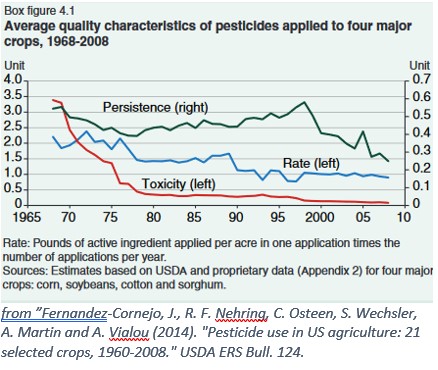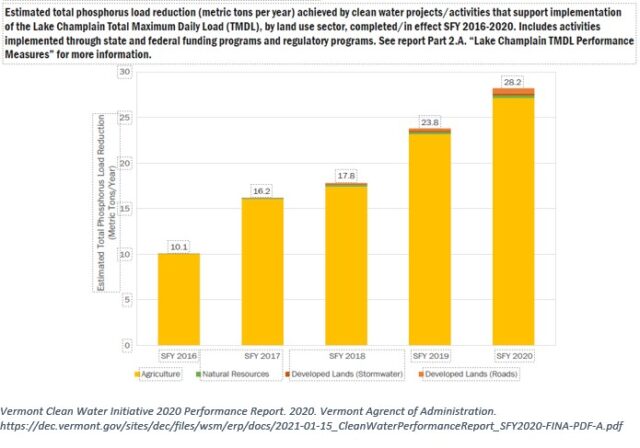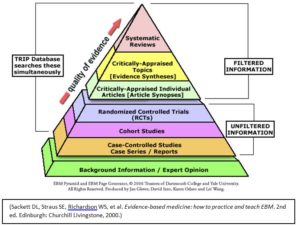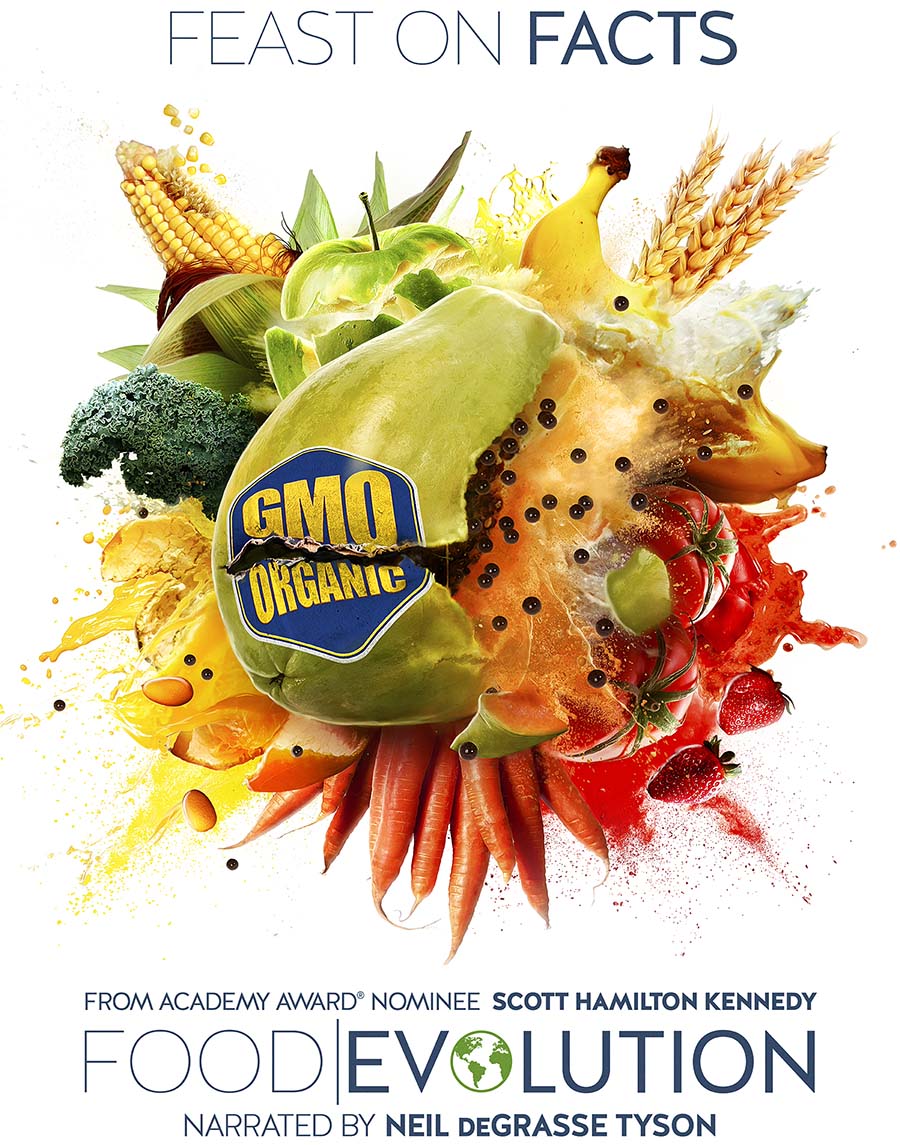“DEI work” is a known ‘thing’ in academia, as it should be. I have attended numerous trainings redesigned courses, and thoughtfully considered my place and privilege in this academic as well as the broader world for most of my adult life. But until last winter, I had never sat down and written my ‘DEI Statement’. This is a common component of job applications, as it should be. Such statements don’t call on one to adopt prescriptive ideologies, they just ask you to consider your place in a diverse world and reflect on how you can improve on it. I wrote my first such piece when I applied for the Department Chair job that I now hold.
My daughter recently had to write such a piece, although it was disguised in a college entrance essay prompt that did not ask explicitly for a DEI statement, which caused me to bring mine up as an example of what they were looking for, albeit in 1/10th of the words. What I re-read still stands, so I’ll post it here.
December 21, 2022
The work of a Chair to support Diversity, Equity, and Inclusion (DEI) initiatives is critical to the success of the department. DEI efforts cannot be performative nor token, but rather must become a core part of the unit’s culture if we are going thrive moving forward. We all know of the shifts occurring in the northeast that will continue to reduce college-aged students in the region while shifting their demographic makeup for the foreseeable future. While the change is relatively slow at UVM, enrollment of students who identify as Hispanic, Asian/Pacific Islander or two or more races is increasing at colleges nationally; women continue to outnumber male students nearly two-to-one; and demands for sensitivity and understanding around gender, cultural, and other identities require an intentional approach to DEI programs.
We must approach this work with humility and respect for others; it is a dangerous position to continue injustices by presenting as if one’s own experiences should dictate department policy or standards. As with all other components of leading a department from within, DEI work must come through a shared process so that all of the group participates, under-represented individuals are not over-tasked with the effort to achieve representation and advance positive outcomes, and all enjoy the benefits of an improved climate that is welcoming to current and future students, staff, faculty, and the broader community we serve.
To me, a commitment to DEI means treating people with respect and helping where you can to address past and present conditions of inequity. That’s a pretty simple definition that covers a very complex set of problems, but it is a useful aphorism that can guide our work in a meaningful way.
As PSS Chair, I will support and advance DEI efforts in four ways. First, I will extend my approach toward inclusion and meeting people where they are in good faith in all interactions I have in the position. Second, I will commit to full PSS participation in UVM and CALS DEI efforts, including formal and informal trainings and activities that bring faculty, staff, and students together for intentional work to further education and action in the area. This includes needed considerations in hiring and recruitment of faculty, staff, and students of color and from other underrepresented groups. Third, I will promote inclusive design and teaching in the PSS curriculum by working with faculty and graduate students on necessary course adjustments and pedagogical training. Finally, I will work with PSS and CALS to ensure that our representation among the communities and our outward presentation is welcoming to and supportive of diverse audiences.
I will call out my own origin that informs where I stand in this environment. I am white, upper middle class, cis-male, heterosexual, and married in a nuclear family. This represents the dominant position for those in power in western culture, and in academia in particular. I recognize that my voice is, by its nature, louder and more dominant, and that I need to intentionally soften it and support other voices around me. That said, I am also a first-generation University student. I grew up poor, in a community that by modern (and even by contemporary in many communities) standards accepted and promoted racism and other forms of exclusionary bigotry. The culture of academia was unknown in my household, and the Ivory Tower held with a bit of suspicion and derision as out-of-touch with working class values.
Upon graduating from high school and entering my young adult years, I knew very consciously that I needed to shed some baggage and learn more about the world, and soon. My life from 18-22 was eye-opening, and I know I made a lot of mistakes. It did not take long to learn that my sheltered existence was very limited in scope, and not representative of the world at-large. At the same time, I understood the frustrations felt by a white, rural Vermont community that continued to watch its foundations weaken as farms and schools closed, the once self-sufficient town became a bedroom community for service jobs many miles away, and long-time residents found themselves priced out of the housing market. This pattern exists across the U.S. and explains a good bit of the rural-urban divide that plays out even in seemingly similar and close towns as Chelsea and Montpelier, VT. Ignoring those frustrations and the causes behind them does not well serve the purposes of advancing DEI efforts. I can connect with people to facilitate discussion in difficult places because of where I came from, and through who I have become now as I continue to work toward a more conscious state. In my professional career, I have made a deliberate effort to bridge ideologies and audiences and to intentionally reach across divides.
I have valued and prioritized DEI in my teaching and outreach in a number of ways. Since increasing my teaching load in 2018, I have intentionally increased course materials to focus on diversity and inclusiveness issues in agriculture. My guest speaker list across my two spring courses is now majority BIPOC or non-male identifying, and we have substantial sections in several of my courses on migrant labor issues and institutionalized racism in USDA programs. A visit to a commercial orchard in my PSS 221 course where Jamaican workers were seen buzzing about the farm in a busy harvest turned into an hour-long impromptu discussion of the ethics and realities of migrant farm labor in that industry. In CDAE 208 Agriculture Policy and Ethics, two of my highest-rated guest speakers annually are a conventional Iowa crop farmer who explains the motivations for farmers like him to adopt certain farming practices or to participate in particular government programs and a migrant farmworker from Veracruz, Mexico who describes his first-hand experience working in the Vermont food system. I have developed great respect for these now friends and share their stories with students in good faith and cultivate meaningful discussion from them. I also include a discussion of current events into all of my courses and relate the news- which often contains timely cultural components- to the material at-hand.
My ratings on DEI topics from students reflect their respect for this space that I provide in my courses, and I try to bring that mindset to my research, outreach, and management efforts as well. Whether working with Jamaican H2A workers in my research program (and living among them when I was farming); empowering the voices of migrant farmworkers in my Agricultural Policy and Ethics course; working with farmers in Lebanon and Tajikistan; or engaging with First-Gen students and faculty through formal and informal events, I try to approach the privilege I hold in my position at UVM to do better.
Sincerely,
Terence Bradshaw,
PSS Assistant Professor




